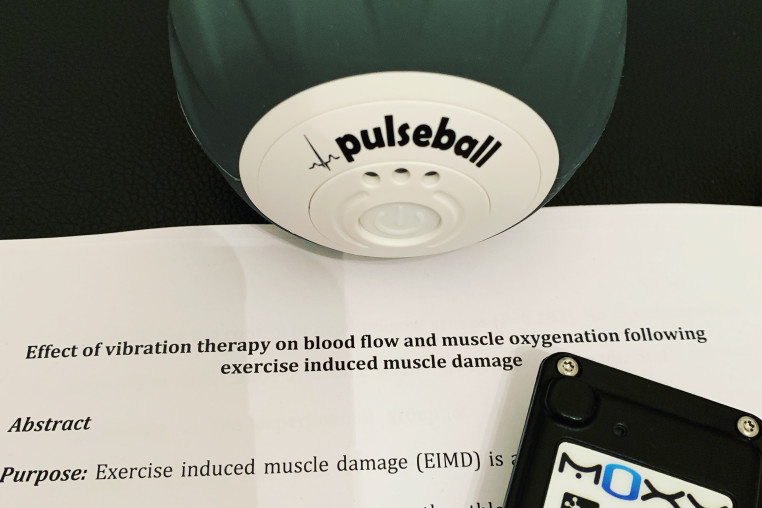
An increasing number of amateur endurance athletes are competing at higher levels and undertaking harder events than ever. By 'amateur', we mean, they do not train and race full time, and therefore do not get paid for the priviledge and pain ! Regardless of this, their training, dedication and determination is often on par with their professional counterparts.
Underperforming and injury
So why then do they often fall short in competition or fail to reach the dizzy heights of those athletes who train full time? Or worse still see-saw between fit and injured? There can be many reasons for this but one common mistake we encounter time and time again when we first meet and assess athletes is the intensity they train at, and the attention (or lack of) they give to recovery!
Having less overall time to train usually means the vast chunk of it is dedicated to the actual physical activity, be that running, cycling or swimming, before a quick turn around for work or family committments. Good recovery is vital and the best training programs will ensure this is included even if it means the athlete spends less (of their limited) time training in place of good recovery strategies.
Recovery is a complex subject and not the focus of this blog....instead we would like to present the findings of some of our recent research as we think we might have uncovered a marginal recovery and performance gain for us busy competitive athletes!!!
Vibration Therapy
Don't panic this isnt some new fad doing the rounds, or some latest tech that normal people have no access too!! In fact if you stop and think you may have seen it before and possibly even used it at your local gym.
Vibration plates have been around since the 1960's in research institutions but became widely available in gyms in the early 1990's. This would be a vibrating platform that you stand, sit or lie on and vibrations were delivered to through the body. Alternatively local vibration therapy is also applied directly to a body part using a smaller vibrating machines.
'Weight loss', 'improved bone health'and 'increased strength' were just some of the unsubstantiated claims made by manufacturers. That said, some valid studies have been undertaken (reference below) with some interesting findings! Which is what led us to combine some of our wearable tech we use to assess the muscles of athletes with a vibrating foam roller designed specfically for athletes.
The theory
After researching the literature we were particularly intertested in the studies that investigated vibration therapy and how it has been proven to increase muscle blood flow. We have been working with moxy monitor werable tech in our lab to assess athletes performance. Over the last two years we have pioneered some new ways to assess and coach athletes based on monitoring real time muscle oxygention (and blood flow) using the moxy. How well an athlete delivers blood and oxygen to the muscle during exercise is key to performance, so anyway we can improve this is going to be beneficial.
We are most interested in blood flow and oxygen delivery when assessing athletes in our lab but being able to modulate this when not exercising could also be benefical, more specifically by enhancing recovery between bouts of exercise and thus a faster return to training.
Local vibration therapy
Local vibration therapy I.E. application directly onto the muscle has been found to be most effective, so we chose to test the Pulseroll - a vibrating foam roller specifically for athletes.
The study
Ten people were divided into two groups, Control (CON) and Experimental (EXP). All participants underwent strength and moxy baseline testing at our Manchester sports testing lab after which they were instructed to perform some high intensity exercise in order to create 'Delayed Onset of Muscle Soreness' (DOMS)....you know, that painful feeling you get when you exercise for the first time in a while, or try something new!
The EXP group were given local vibration treatment over 48 hours using the Pulseroll vibrating foam roller. The CON group were left to suffer (all ethically approved :)
Significantly, within the group that didnt receive vibration therapy (CON), we saw reductions in blood flow and oxygenation, a common side effect with DOMS, as well as poorer scores in the strength tasks. The group that received vibration therapy (EXP), still scored less in the strength task after DOMS but the drop in performance was significantly less than CON group. In the group that received vibration therapy we saw significant increases in the blood flow and oxygenation to the affected muscle.
What does this all mean ???
Put simply our study suggests that using local vibration therapy can increase blood flow to muscles which helps with recovery from hard exercise. Additionally, the normal strength losses you would get after hard exercise are also reduced. Overall, this means athletes could in theory return to heavier training quicker, perform better at multi day events and redcue risk of injury and illness.
The full research article with references can be read here
Duis mollis, est non commodo luctus, nisi erat porttitor ligula, eget lacinia odio sem nec elit. Integer posuere erat a ante venenatis dapibus posuere velit aliquet. Sed posuere consectetur est at lobortis. Nullam quis risus eget urna mollis ornare vel eu leo.
or receive periodic updates and advice by subscribing to our newsletter